Top 10 Vegetables That Grow Well in Shade
Updated: Mar. 21, 2024
You can harvest a bountiful crop of vegetables even if your garden is spotty on sunshine. Each of these vegetables will grow well in shade.
Vegetables that grow well in shade are a must for backyard gardeners who struggle with the light needs of other, more needier veggies, like tomatoes, peppers, or cucumbers. If you have a garden that gets more shade than sun, any one of these shade-friendly vegetables is a great choice. With each veggie pick, we’ve included how many hours of light it needs per day, so you can pick the right vegetables that will grow well in your shade garden. Also check out the top 10 herbs to grow for cooking.
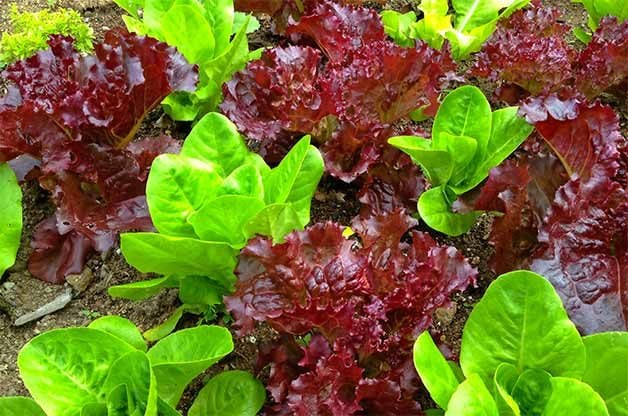
1. Lettuce
Light needs: 4 hours per day
Lettuce is a fast and easy vegetable that grows well in shade. It can be seeded as soon as the garden is ready in early spring. In shade, stick to loose-leaf varieties, such as Green Salad Bowl and Black Seeded Simpson, that are ready to pick just four to five weeks from seeding. Avoid heading types of lettuce, which take longer to mature when there is less light.
Why we love it: Low on space? No problem! Loose-leaf lettuce thrives in pots, planters and window boxes for weeks of fresh salads.
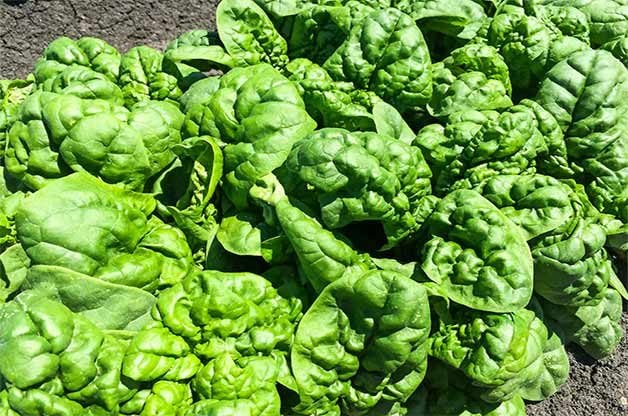
2. Spinach
Light needs: 4 hours per day
Spinach grows best in the cool weather of spring and fall, thriving in little sunlight. In fact, growing it in the shade prolongs the harvest by delaying bolting, especially in warm regions. For a solid harvest, try Space, a smooth-leaf type with great disease resistance, or the classic heirloom variety Bloomsdale Long Standing, with deep green, crinkled leaves.
Why we love it: Popeye was right—spinach is good for you! It’s packed with vitamins and can be eaten raw or cooked. It’s a rich source of vitamins A and K, plus folate, manganese, magnesium and iron, and includes flavonoids that can help fight certain cancers. It also adds variety to your homemade salads. Win-win!
Check out the best new vegetables to grow this summer.

3. Bush Beans
Light needs: 6 hours per day
Homegrown snap beans are a tasty summer treat. This vegetable will grow well even in shady spaces. Sow seeds in beds or pots after the last expected spring frost, planting more seed every two to three weeks for months of tender pods. Early maturing bush varieties include Capitano, which yields buttery yellow beans, and Mascotte, an award winner that sets a heavy crop of slender green pods and is great for containers.
Why we love it: Bush beans are simple to grow and an ideal choice for a children’s vegetable garden.
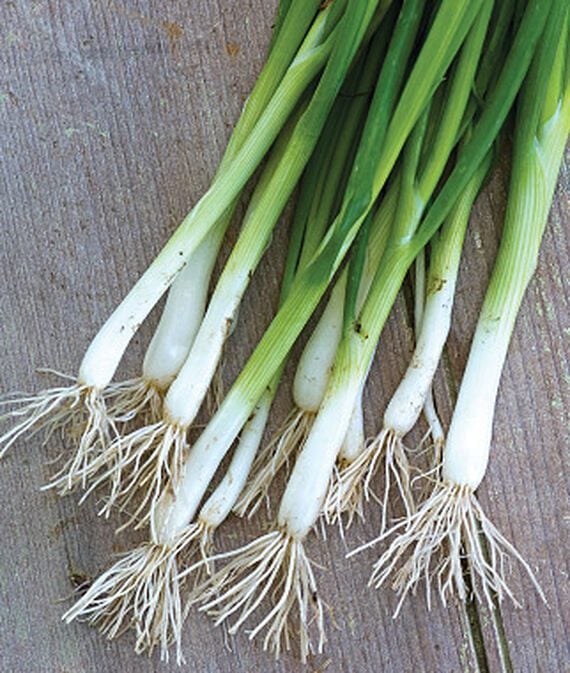
4. Scallions
Light needs: 4 to 6 hours per day
Also called bunching onions, scallions are a nonbulbing onion with narrow, upright foliage and a mild onion flavor. Start seeds indoors under grow lights, or direct-seed in the garden in early spring. Water regularly, as scallions have shallow root systems. Begin to harvest when the shoots are about 6 inches tall.
Why we love it: With their upright, narrow growth, you can harvest a lot of scallions from a small space.
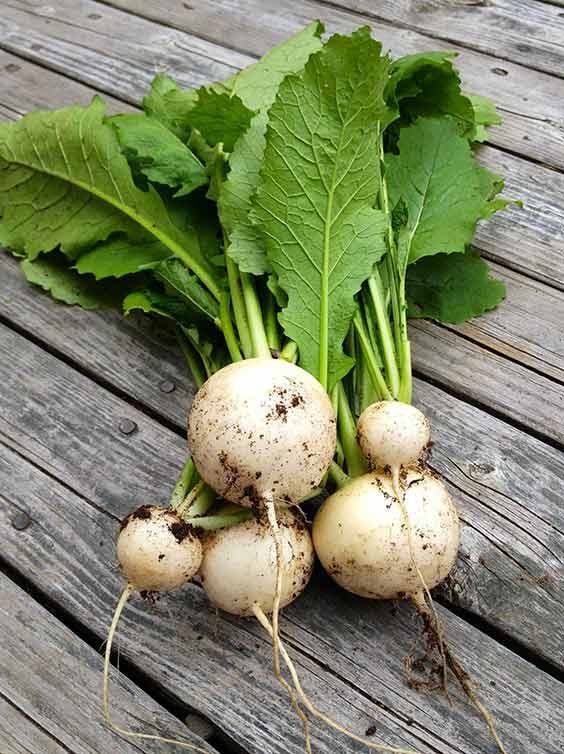
5. Hakurei Turnips
Light needs: 4 to 6 hours per day
A farmers market favorite, Hakurei turnips are also easily grown in a shady home garden and ready to pull 40 days after seeding. For a nonstop supply of gourmet turnips, sow more seed every few weeks from spring through autumn. Begin to harvest when the roots are 1-11/2 inches across.
Why we love it: These turnips offer a double harvest; smooth, crisp roots and nutrient-filled, tender greens.
Get the best vegetable gardening tips for beginners.
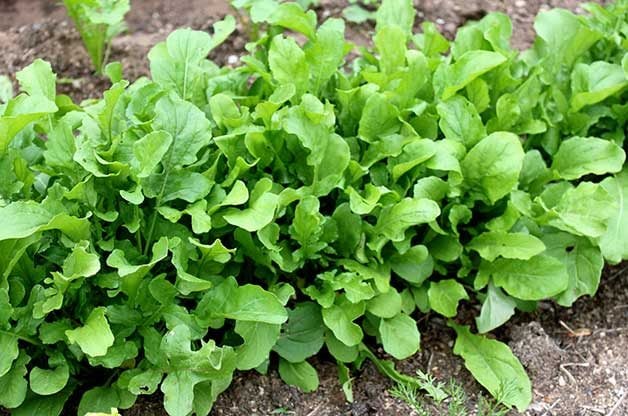
6. Arugula
Light needs: 2 to 3 hours per day
Jazz up your homegrown salads with peppery leaves of arugula. Extremely fast-growing, this cold-weather vegetable grows well in shade, especially when grown during the warmer months of summer. Harvest often to encourage heavy leaf production.
Why we love it: The delicate white blooms of arugula are also edible; sprinkle them on salads, stir-fries, pizzas and other dishes before serving. Besides the typical super nutrients, arugula (like all green veggies) contains chlorophyll, which can help ease inflammation.
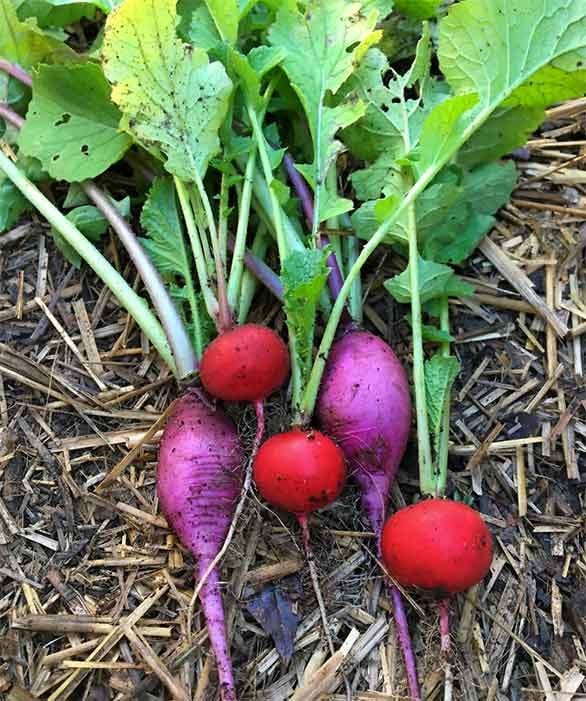
7. Spring Radishes
Light needs: 4 to 6 hours per day
Going from seed to harvest in just three weeks, spring radishes are perhaps the fastest-growing vegetable. They’re perfect for both children and those new to gardening, and there are many colorful varieties like Easter Egg, Roxanne and Amethyst.
Why we love it: All parts of the radish plant are edible—from root to leaf to seedpod.

8. Kale
Light needs: 4 hours per day
Growing your own kale is an easy way to add more of this superfood to your diet. This vegetable grows well in partial shade, and can be planted in containers or garden beds. For the quickest crop in shade, stick to varieties with smooth leaves, like Red Russian. These types are fast-growing and quick to mature.
Why we love it: Harvest kale as a baby green just one month from seeding for a super tender salad.

9. Herbs
Light needs: 3 to 4 hours per day
Like these vegetables, many herbs grow well in shade, growing happily with just a few hours of light each day. Chives (pictured here) produce beautiful blooms and beloved kitchen herbs. Stick to leafy herbs like cilantro, parsley, lemon balm, chives and mint. Avoid heat-loving herbs such as basil, thyme and rosemary, which grow best when planted in full sun.
Why we love it: Growing your own fresh herbs saves you money at the grocery store.
Learn how to create a windowsill herb garden.
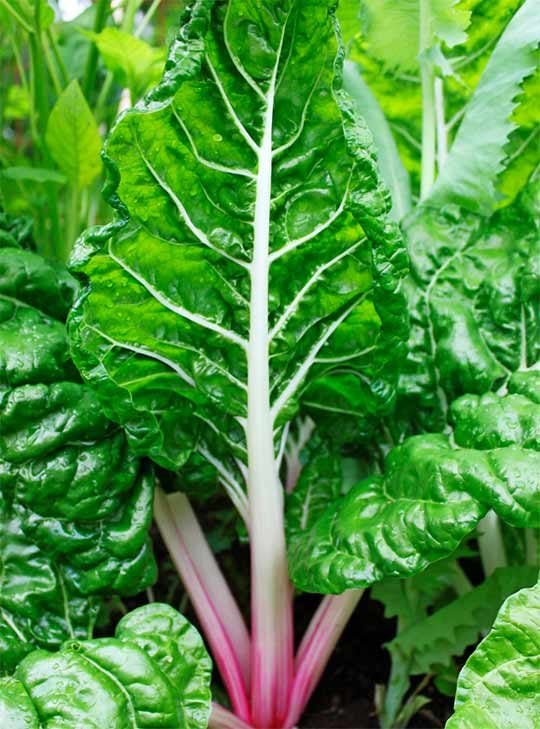
10. Swiss Chard
Light needs: 4 hours per day
Swiss chard is a vegetable that was made for the shade. With its large, dark green leaves and colorful stems and veins, it grows well in shady vegetable gardens, flower borders and containers. For sheer production, you can’t beat Fordhook Giant, the classic variety with white stems. But don’t overlook the showy colors of Bright Lights and Peppermint, which are almost too pretty to eat!
Why we love it: Enjoy baby Swiss chard as a salad green or as a cooked vegetable.
Easy Ways to Give Your Vegetable Plants More Light
1. See if branches are casting shade over your food garden. If so, get an arborist to thin the overhanging trees. Psst—learn the right time to prune trees and shrubs.
2. Paint nearby sheds, garages, or fences white to reflect light back to your plants.
3. Grow your edibles in portable containers or ones with wheels so you can move the crops to sunnier spots in your yard as needed.
4. Place light-colored flat stepping-stones between your rows to reflect light and absorb heat, which encourages faster growth.
For even more veggie garden tips and advice, check out Veggie Garden Remix: 224 New Plants to Shake Up Your Garden and Add Variety, Flavor, and Fun by Niki Jabbour. The book is chockfull of suggestions for trying new-to-you garden vegetables and includes growing information for each plant suggestion.




















